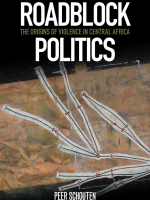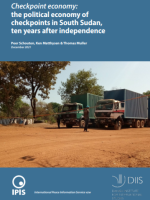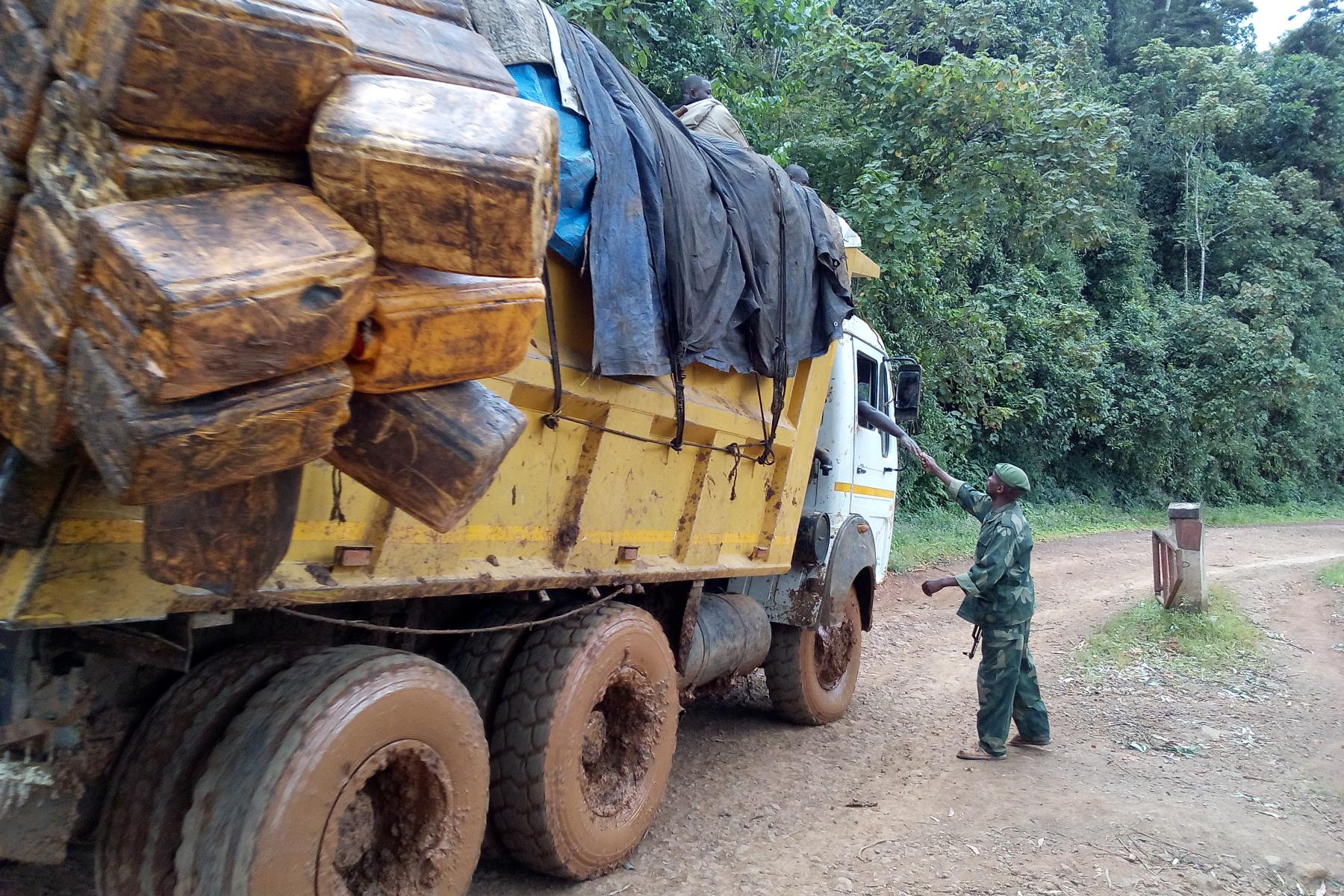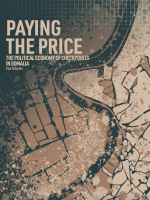Paying the price
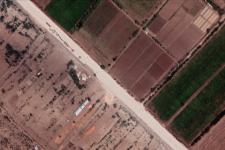
This first comprehensive mapping of Somali checkpoints reveals how al-Shabaab and government affiliated actors rely in equal measure on checkpoints to extract wealth from ordinary Somalis. Control over checkpoints therefore also forms a major source of conflict, with on average, at least one violent incident taking place at a checkpoint every day in Somalia.
A collaboration between the Rift Valley Institute, the International Peace Information Service and DIIS, the study identifies a total of 204 checkpoints, 23% of which are operated by al-Shabaab. The remaining 77% of checkpoints are controlled by government actors or allied militia.
Explore the data in this interactive webmap
Based on new data, the study attempts to answer some basic questions about checkpoints, including the origins and transformation of the phenomenon, its impact on the Somali economy and society, and on past and ongoing state-building efforts. In so doing, the study underscores the complex and often ambivalent relations between checkpoints and Somalia’s trade-based economy in a context marked by competing and tentative claims to authority.
The study also assesses how the costs of checkpoints are distributed in Somali society. While checkpoints are often analysed narrowly as a burden on trade and transport, the report details how checkpoints are implicated in dynamics of marginalization and the transfer of wealth from already vulnerable populations to powerful elites. Checkpoint taxes are also paid for by aid organizations, who send cash assistance to beneficiaries that purchase goods at checkpoint-inflated prices.
Check out this interactive feature on Somali checkpoints & marginalization
The synthesis report is accompanied by tables, graphs, and maps that illustrate key findings and underpin policy recommendations. Two separate case study reports each focus on a key trade route, exploring the phenomenon in detail: 1) the Kismayo–Garissa corridor; and 2) the Mogadishu–Baidoa–Bula Hawa corridor. Both case studies illuminate the broader context of competition over the revenues that accrue from cross-border trade in the Horn of Africa.
DIIS Experts


